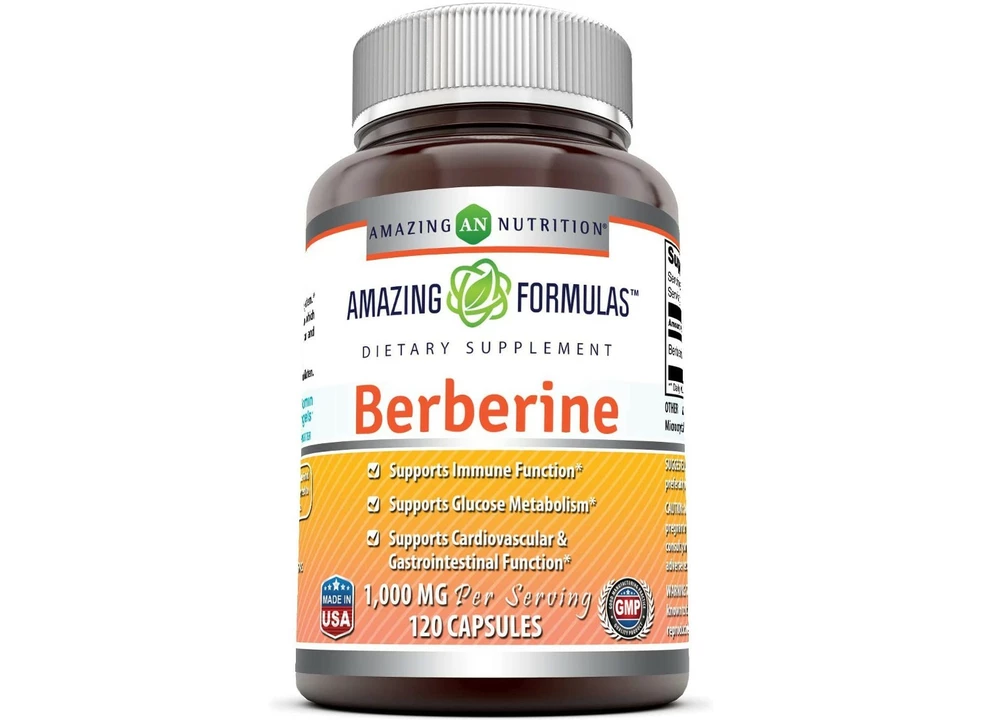Vitamin D Supplements: How to Pick the Right One
Many people are low in vitamin D and don't know it. A simple blood test can show your level, but most folks never get tested. If you feel tired, have frequent colds, or weak muscles, vitamin D could help.
Forms and Dosage
Which form should you take? The two main forms are D2 (ergocalciferol) and D3 (cholecalciferol). D3 raises blood levels faster and holds them longer. For most adults, D3 is the better choice.
How much should you take? Doctors usually recommend 600–800 IU daily for adults, but many people need more. If tests show deficiency, doses of 1,000–4,000 IU daily are common. High doses above 4,000 IU should be taken only under medical advice. Too much vitamin D can cause high calcium and other problems.
When to take it matters. Vitamin D is fat soluble, so take it with a meal that has fat. A breakfast with eggs or avocado works well. If you split doses, keep them with meals.
Testing, Quality, and Practical Tips
Quality matters. Pick a product from a known brand or one verified by a third party like USP, NSF, or ConsumerLab. Check the label for "vitamin D3" and the IU per serving. Avoid supplements with huge extra filler ingredients you don't recognize.
If you take other medicines, check interactions. Vitamin D can affect blood thinners, some heart meds, and certain seizure drugs. Tell your doctor about all supplements you use.
Children and older adults have different needs. Babies usually get 400 IU daily. Older adults may need higher doses because skin makes less vitamin D with age. Pregnant or breastfeeding women should ask their provider about dosing.
Do you want vitamin D from food? Few foods have enough alone. Fatty fish, fortified milk, and egg yolks help, but they rarely meet daily needs by themselves. Sunlight builds vitamin D in skin, but sunscreen and cloudy weather reduce that effect.
If you plan to get tested, aim for a blood level of 20–50 ng/mL depending on who you ask. Many experts consider 30 ng/mL a comfortable target for general health. Work with your doctor to set a goal and adjust dose.
How to read labels: IU tells strength. Micrograms (mcg) also appear—1 mcg = 40 IU. So 25 mcg equals 1,000 IU. Check serving size and how many capsules per bottle to know how long it will last.
Practical tips: start with a moderate dose like 1,000–2,000 IU daily if you don’t know your level. Take it with a meal that has fat. Recheck levels after 3 months if you began higher dosing. Watch for symptoms of too much vitamin D—nausea, weakness, and high urine/calcium.
Want stronger guidance? Ask your doctor for a blood test and tailored dose. Supplements can help, but tested, personalized plans work best.
Chewables and gummies work for kids or picky adults, but they often contain sugar and lower doses. Liquid drops suit infants and people who can’t swallow pills. Store vitamin D in a cool, dry place away from direct sunlight. If cost is a concern, generic D3 gives the same effect at lower price.

